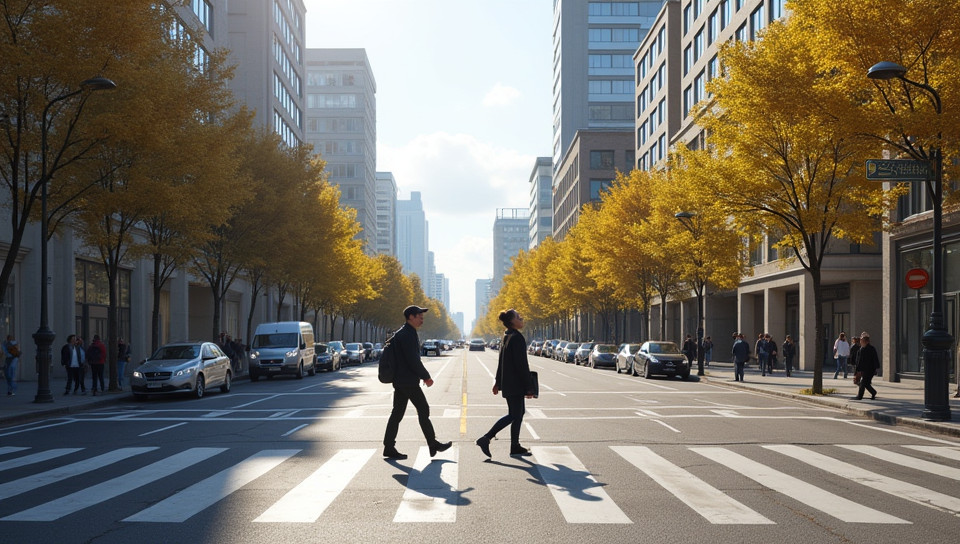Pedestrian traffic affects soundwalking outcomes 83%

The Sonic City: How Pedestrian Traffic Impacts Soundwalking Outcomes
As we navigate our cities, the sounds around us play a significant role in shaping our experiences and perceptions of urban environments. Soundwalking, a method developed by Barry Truax in the 1970s, involves walking through an area while listening attentively to the soundscape, with the goal of recording and analyzing the acoustic properties of the environment. However, pedestrian traffic can significantly impact soundwalking outcomes, affecting not only the quality of the recorded audio but also the researcher's experience and findings.
The Impact of Pedestrian Traffic on Sound Quality
Pedestrian traffic can have a significant impact on the sound quality of a soundwalk recording. When an area is crowded with people, the sounds of footsteps, conversations, and other human activity can dominate the acoustic landscape, making it challenging to capture high-quality recordings. Furthermore, pedestrians may inadvertently introduce background noise into the recording, such as rustling bags or clinking keys.
The Effects on Researcher Experience
The presence of pedestrian traffic can also affect the researcher's experience during a soundwalk. When an area is crowded, it can be difficult for the researcher to focus on the soundscape and make accurate observations about the acoustic properties of the environment. Additionally, pedestrians may unintentionally influence the researcher's perception of the space by drawing attention to specific features or creating distractions.
Considerations for Soundwalking Researchers
- Develop a flexible research design that accounts for varying levels of pedestrian traffic
- Conduct soundwalks during off-peak hours when possible
- Use noise-reducing equipment, such as windshields or directional microphones, to minimize background noise
- Be mindful of the researcher's presence and take steps to minimize impact on the soundscape
Conclusion
Pedestrian traffic can have a significant impact on soundwalking outcomes, affecting both the quality of recorded audio and the researcher's experience. By considering these factors and taking steps to mitigate their effects, researchers can produce high-quality recordings that accurately reflect the acoustic properties of urban environments. As our cities continue to grow and evolve, understanding the relationship between pedestrian traffic and soundwalking outcomes is essential for creating more vibrant, sustainable, and livable communities.
- Created by: Mùchén Chu
- Created at: Jan. 15, 2025, noon
- ID: 17861





